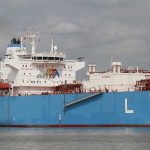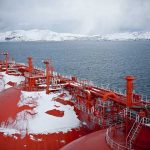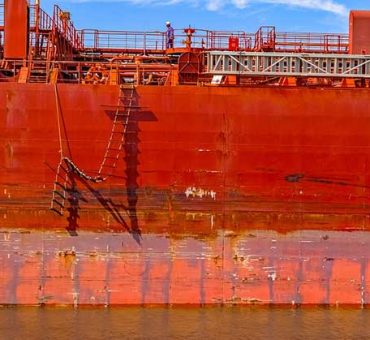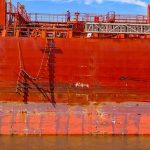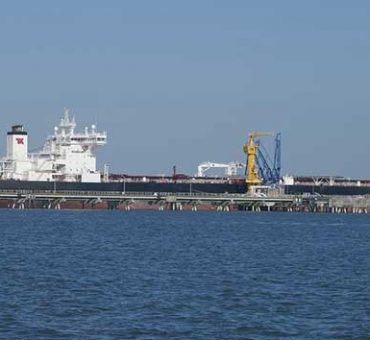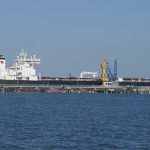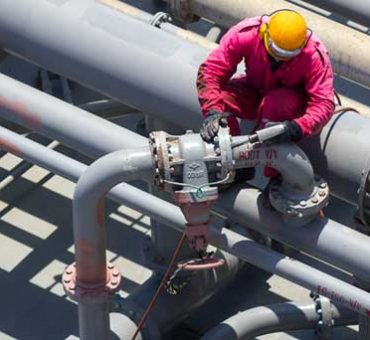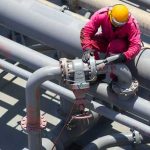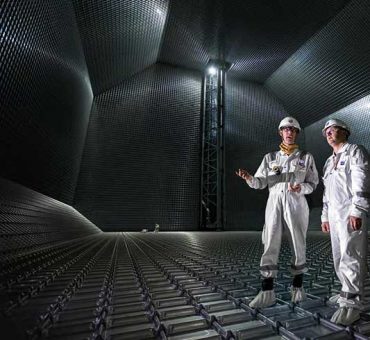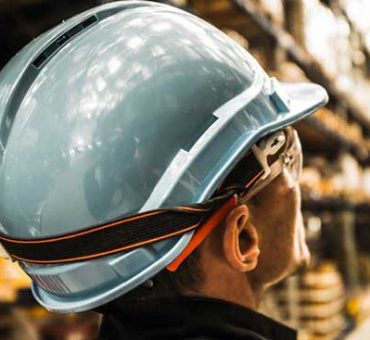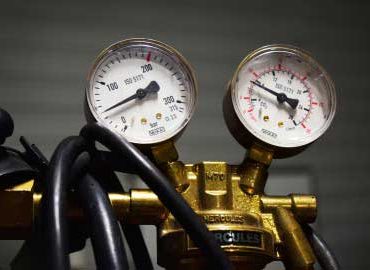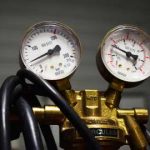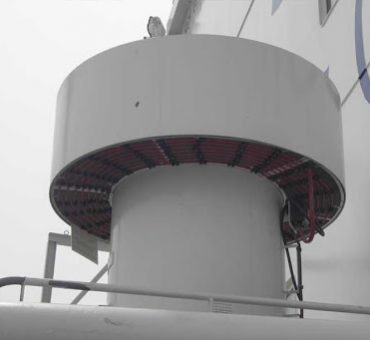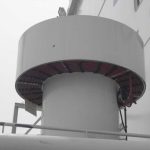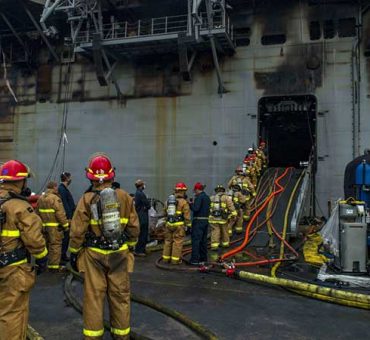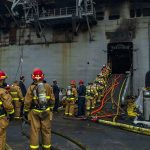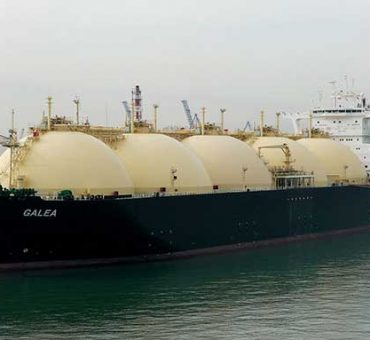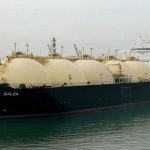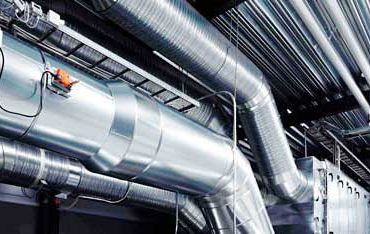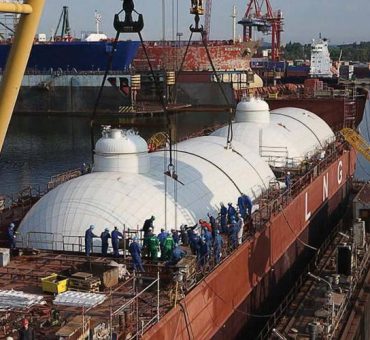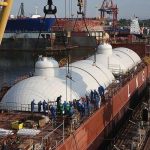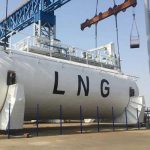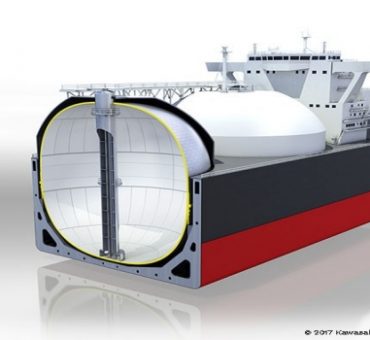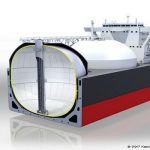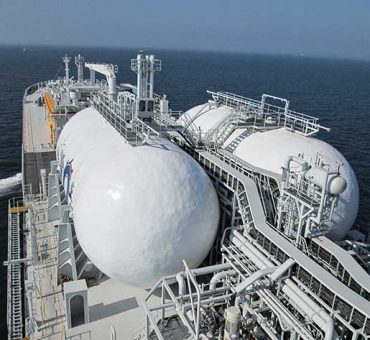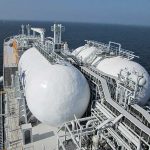Maritime Ships Rules for Carrying Liquefied Gases
The maritime transport of liquefied gases, including Liquefied Natural Gas (LNG) and Liquefied Petroleum Gas (LPG), is governed by stringent regulations to ensure the protection of the vessels, crew, cargo and environment. The primary regulatory framework is established by the International Maritime Organization (IMO) through the International Code for the Construction and Equipment of Ships Carrying Liquefied Gases in Bulk (IGC Code). These rules address various aspects of vessel design, construction, operation and emergency response.
Design and Construction Standards
The IGC Code sets detailed design and construction standards for petrol carriers. These vessels must be constructed with double hulls to provide an extra layer of protection against leaks. The containment systems, which hold the liquefied gasoline, are made from materials that can withstand cryogenic temperatures and high pressures. The containment structures include membrane tanks and spherical tanks, designed to prevent leakage and withstand the physical stresses during transportation. Advanced insulation is also mandatory to maintain the extremely low temperatures required for liquefied gases.
Operational Guidelines
Operational guidelines are crucial for the safe handling and transport of liquefied gases. The IGC Code provides specific procedures for loading and unloading cargo, ensuring that these operations minimize the risk of leaks and spills. Boil-off petrol management is another critical aspect, involving the control and utilization of gasoline that evaporates from the liquid cargo due to heat ingress. Proper management of boil-off gas is essential to maintain pressure levels within the tanks and to use the evaporated gas as fuel for the boat’s propulsion systems.
Safety and Emergency Response
Precautionary measures are a key component of the IGC Code. Ships must be equipped with comprehensive safety systems, including pressure relief valves, gas detection organizations, and emergency shutdown mechanisms. Regular safety drills and training sessions are required to prepare the crew for potential emergencies such as petrol leaks, fires or explosions. The IGC Code also mandates the installation of fixed fire detection and extinguishing structures to address any fire incidents in the cargo area.
Environmental Protection
Environmental protection is integrated into the rules governing gas carriers. The IMO’s MARPOL convention includes provisions specifically aimed at preventing pollution from ships carrying liquefied gases. The rulings address the prevention of accidental releases, proper management of ballast water and the disposal of waste materials. Compliance with these environmental regulations is essential to protect marine ecosystems from the potential hazards associated with liquefied gas transport.
Compliance and Enforcement
Enforcement of the IGC Code and other relevant regulations is carried out by flag state and port state control authorities. Flag states are responsible for ensuring that crafts registered under their jurisdiction comply with international standards. This involves conducting regular inspections and issuing certifications. Port state control authorities perform inspections at ports of call to verify compliance with security and environmental rules. Non-compliance can result in penalties, including fines, detention of the vessel and revocation of certifications.
Maritime rules for ships carrying liquefied gases are comprehensive and stringent, designed to ensure the highest levels of safety and environmental protection. The IGC Code, along with other international and national rulings, sets out detailed requirements for the design, construction, operation and emergency response procedures for petrol carriers. Adhering to these regulations is essential for mitigating the risks associated with the transport of liquefied gases and ensuring the safe and efficient operation of these vessels. As the global demand for LNG and LPG continues to rise, maintaining and enhancing these regulatory frameworks will be critical for the sustainable development of the liquefied gasoline shipping industry.


